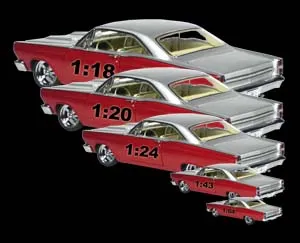What is Diecast Car Scale
Diecast cars are miniature replicas of real-world vehicles, and understanding their scale is crucial for any collector or enthusiast. The scale of a diecast car refers to the ratio between the size of the model and the size of the actual car. This ratio is expressed as a fraction or proportion, where the denominator represents the number of times the real car is larger than the model. For example, a 1 18 scale model is eighteen times smaller than the original car, meaning every inch on the model represents 18 inches on the real vehicle. This standardized system allows for consistent sizing across different models and manufacturers, making it easier to compare and display them.
Common Diecast Car Scales (H2)
Several scales are commonly used in the diecast car world, each offering a unique balance of detail, size, and cost. Knowing these scales will help you to navigate the world of diecast cars and make better decisions when purchasing and collecting your models.
1 18 Scale
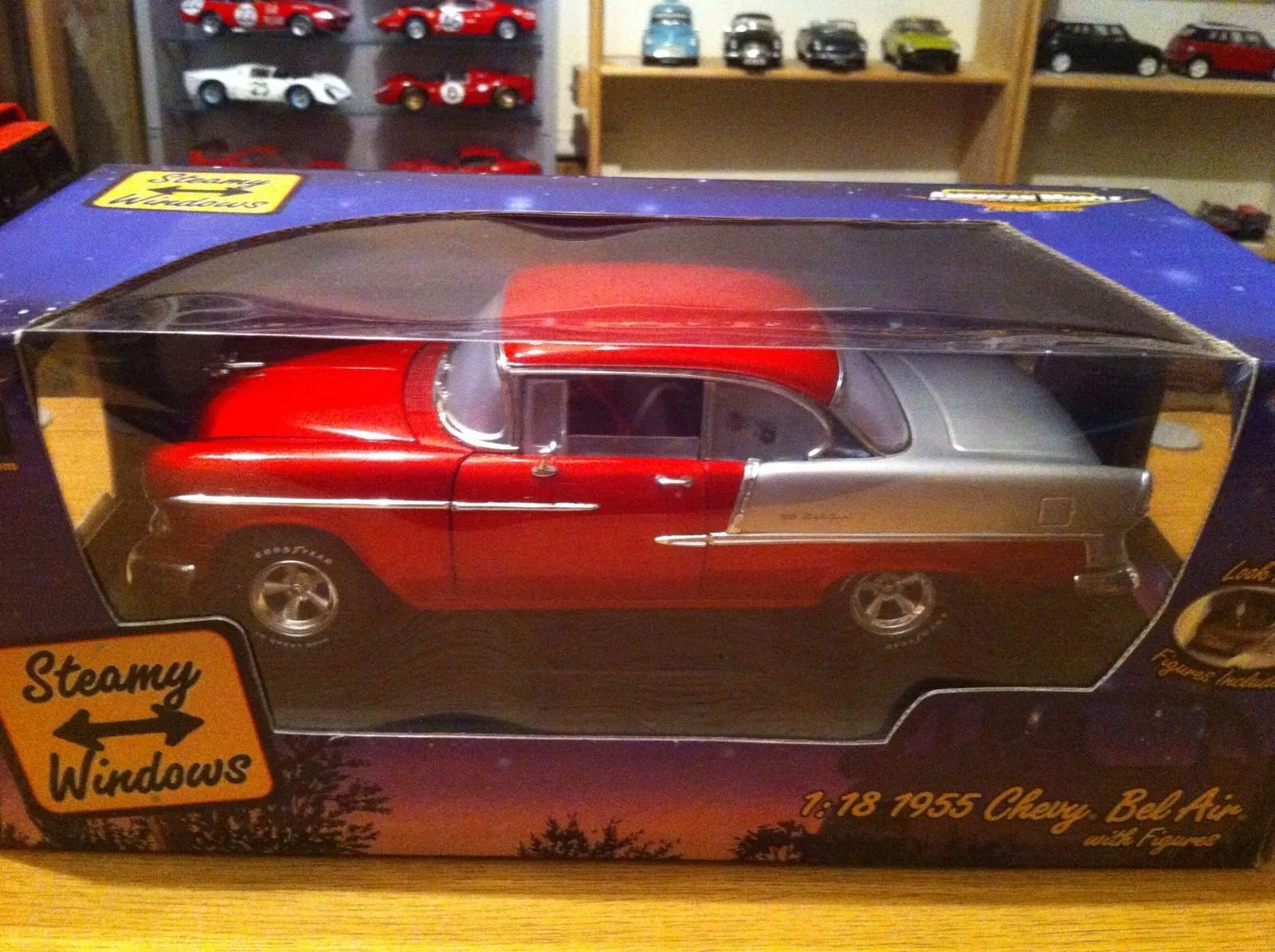
1 18 scale is one of the most popular scales for diecast cars. These models are relatively large, allowing for a high level of detail in the design and features. Collectors often appreciate the intricate features found in 1 18 scale models, such as opening doors, detailed engine compartments, and realistic interiors. Due to their size, they make a bold statement in any collection, but also require more space for display.
1 24 Scale
1 24 scale is another widely collected scale, offering a balance between detail and size. These models are smaller than 1 18 scale, making them more manageable for collectors with limited space. The level of detail in 1 24 scale models is still quite impressive, often including opening parts and detailed interiors. This scale is popular because it provides a good compromise between the cost and the level of detail.
1 43 Scale
1 43 scale models are even smaller and are a popular choice for collectors who want to build a diverse collection without needing a large amount of display space. While the models are smaller, they still manage to capture the essence of the original vehicle. Many collectors enjoy this scale for its affordability and the wide variety of available models. 1 43 scale models are also often used in model train layouts and dioramas, adding to their appeal.
Other Popular Scales
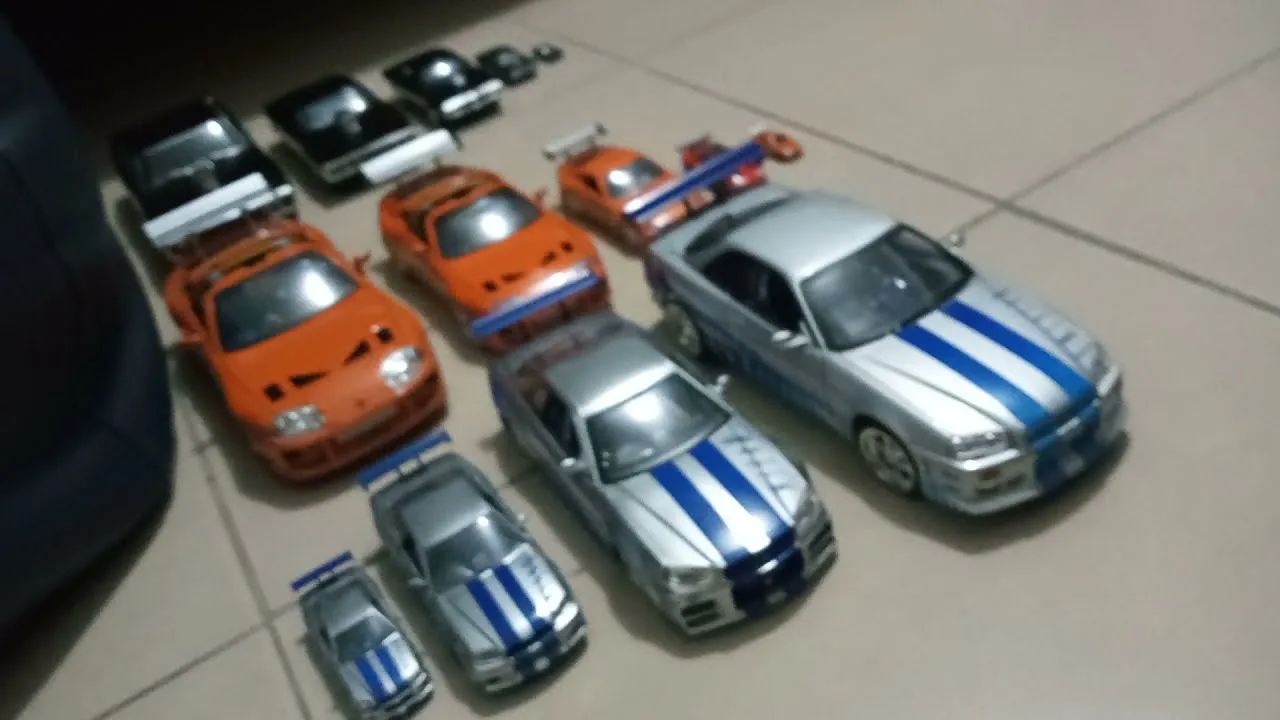
Besides the three main scales, other scales are also used, such as 1 64 scale, which is common for Hot Wheels and Matchbox cars, and 1 12 scale, known for exceptionally detailed models. There are also other less common scales used by various manufacturers depending on the specific car or the desired level of detail. These scales cater to various preferences and collection goals.
Why Scale Matters for Collectors
The scale of a diecast car impacts many aspects of the collecting experience, from the visual impact of the models to the practical considerations of display and storage. Scale dictates the level of detail that can be incorporated into the model, influencing the overall aesthetics and realism. Larger scales typically allow for more intricate designs, while smaller scales may focus on capturing the essence of the car. Understanding the scale also helps collectors organize their collections, compare models, and choose suitable display options.
Display and Storage
Scale directly influences how a collector displays and stores their models. Larger scales require more display space, which can be a factor for those with limited room. Collectors often use display cases, shelves, or dedicated rooms to showcase their collections. The size of the models also affects storage, with smaller scales being easier to store in boxes or containers. Proper storage is essential to protect the models from dust, sunlight, and other potential damage, helping to preserve their value and appearance over time.
Collecting Strategies (H2)
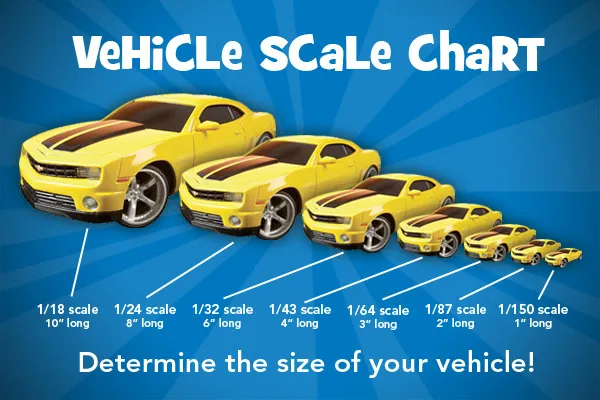
Scale plays a major role in shaping collecting strategies. Some collectors focus on a single scale, allowing them to build a focused collection. Others may collect across multiple scales, providing variety and the opportunity to explore different car models and brands. Collectors often consider factors like their budget, the availability of models in specific scales, and their personal preferences when deciding which scales to collect. It’s important to think about the space available and the type of display desired.
Choosing the Right Scale for Your Collection (H2)
Choosing the right scale depends on various factors, including personal preferences, budget, and available space. There’s no single “best” scale; it all comes down to what suits the individual collector’s needs and interests.
Factors to Consider
Personal Preference
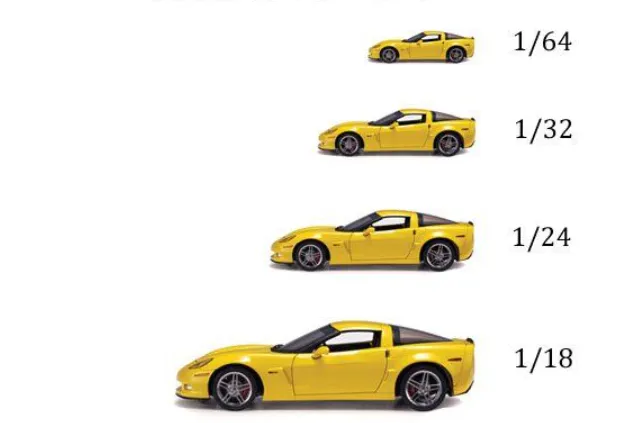
The most critical factor is personal preference. Do you prefer large, detailed models or smaller, more space-saving ones? Consider what type of cars you like and which scales they are commonly available in. Some collectors enjoy the intricate features found in larger scales, while others appreciate the affordability and variety offered by smaller scales. Thinking about what you enjoy looking at and what fits your aesthetic is key.
Budget
Budget is an important consideration. Generally, larger-scale models tend to be more expensive due to the increased material and manufacturing costs. Smaller scales are often more budget-friendly, making it easier to build a diverse collection without breaking the bank. Set a realistic budget for your collecting hobby, and choose the scale that aligns with your financial goals.
Space
Space limitations can significantly influence your scale choice. If you have limited display space, smaller scales like 1 43 or 1 64 are good choices. If you have ample room, you might consider larger scales like 1 18. Measure the space you have available for your collection and select the scale that allows you to showcase your models effectively without overcrowding your display area.
Conclusion
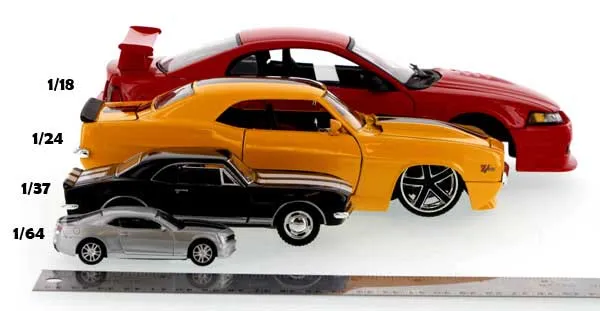
Understanding the scale of diecast cars is essential for any collector. By understanding the different scales and their characteristics, you can make informed decisions about what to collect, how to display your models, and how to build a collection that meets your interests and budget. Whether you choose 1 18, 1 24, 1 43, or another scale, the most important thing is to enjoy the hobby and celebrate the beauty of these miniature vehicles.
